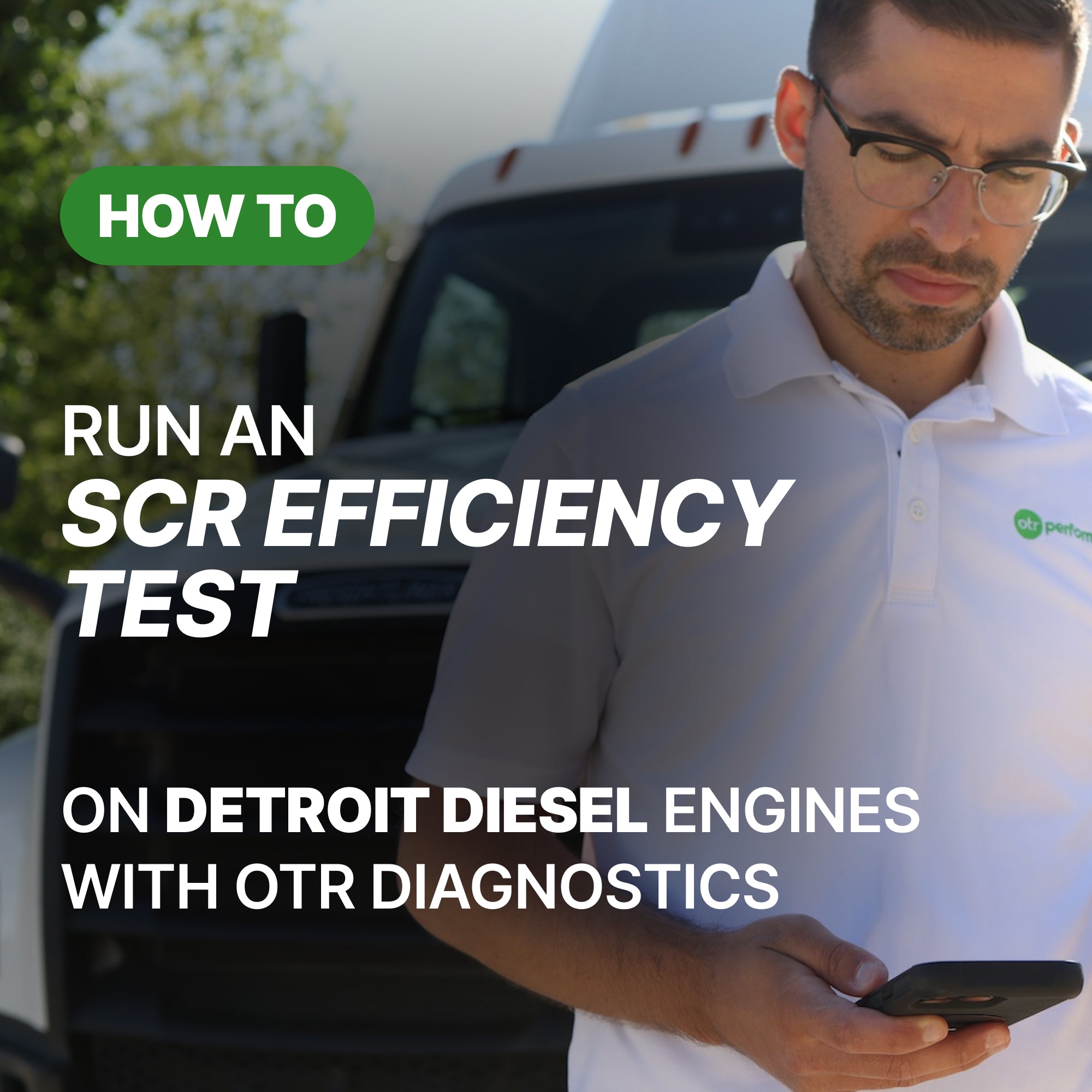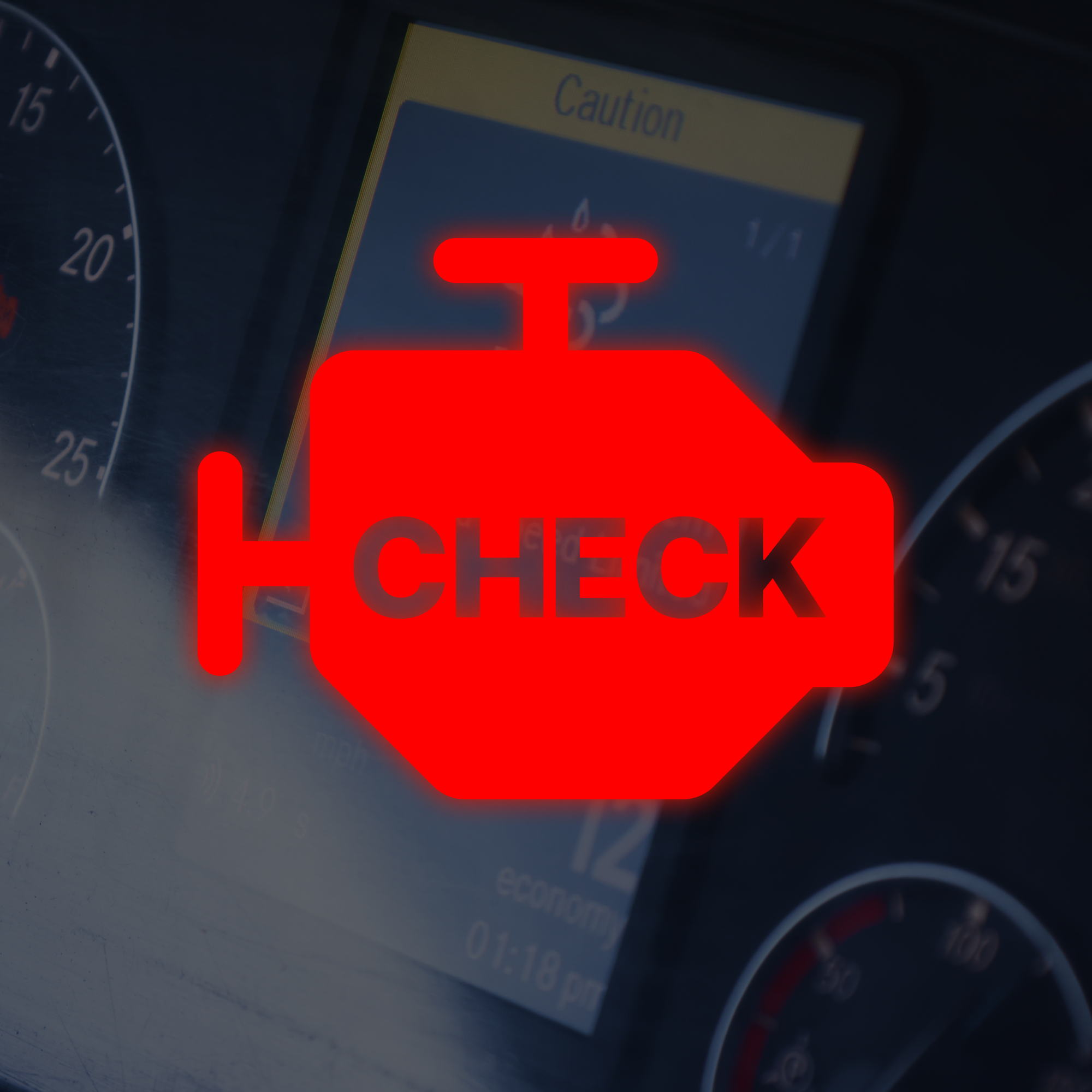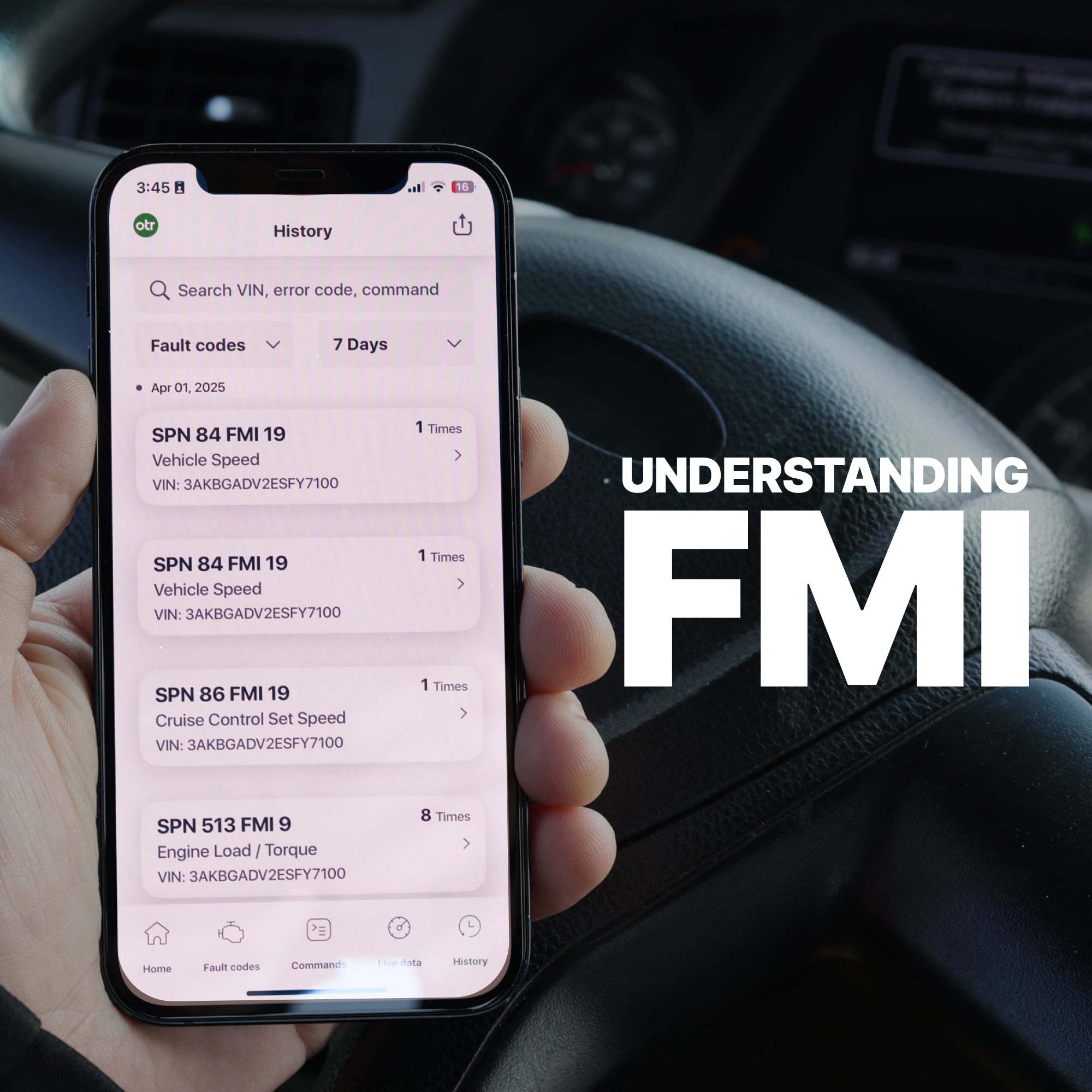This light only comes on when the truck is requesting a parked DPF regen. Every truck manufacturer designs this feature to appear when the soot level in the DPF filter reaches a certain level in order for the truck to keep operating.
What does this “soot” look like?

When your truck is requesting a parked DPF regen it means that the passive DPF regen your truck already went through was not enough to burn the soot in your DPF filter.
Do you actually need to do a parked DPF regen when the truck is asking for it?
The short answer is, Yes! If you keep driving your truck without doing a parked DPF regen your truck will enter a derated mode.
When this occurs your engine power and/or your speed will be limited.
What is an active DPF regen?
An active DPF regen is when the truck does this process automatically. This happens when the soot reaches a certain threshold and starts the active process to burn the soot off. You may notice your engine running harder when this is in"active mode"
There are so many causes for a failed “active regen” because it relies on conditions that need to be met in order for it to happen.
What happens if I can’t perform the parked DPF regen when I try?
Well, this can happen when the “active” regen failed for some reason.
If you fail a parked DPF regen you need to be aware that this will only lead to more issues and/or more derates if you continue driving. So be aware of what is going on so you can seek service as soon as possible.
How long does a parked DPF regen take?
It takes approximately 20-60+ minutes.
It will continue to regen until the soot level has reached ‘low’ or ‘0%.’ Some trucks will let you monitor your soot level gauge on the dashboard.
What’s the difference between parked DPF regen and forced DPF regen?
Parked DPF regen: Truck asks for DPF regen and you start the DPF regen by hitting a button on the dash.
Forced DPF Regen: A diagnostic scan tool at the dealer level will initiate a forced DPF regen. The conditions here do not have to be met perfectly and they will force a regeneration to take place.
A forced DPF regen is done in order for the system to verify that the aftertreatment system is in good and working order. If you can perform a forced DPF regen without any fault codes or issues appearing then the truck is ready to go!
Example: 2013 Volvo D13, has SPN 4094 FMI 1, MID 128 PSID 90 FMI 14. Dashboard lights up (DEF Quality being evaluated, 5mph temporary removed, continue driving).

The only way to clear this fault code is to make sure your DPF/SCR system is operating without any other faults. This fault will stay active until a service forced DPF regen is activated and the ECM/ACM runs through all the checks to make sure the NOx sensor values are within the required limits before it makes this fault code inactive.
So you can start a forced DPF regen even if you have DEF quality fault codes. The truck needs to run through all its checks to make sure the system is within the limits set by the manufacturer in order to clear the faults. This method is used on Volvo’s, Mack’s, Detroit diesel, and other manufacturers as well.
A forced DPF regen will ensure that the DPF / SCR System is clean from any soot buildup. If you make sure to do this more than just once it may help your DPF system last longer. We recommend running a service DPF regeneration once a month. You may see better MPG because your filters are cleaned out and moving air more efficiently through your exhaust.
OTR Performance provides you with a tool that will allow you to start a forced regeneration. We provide an app OTR Diagnostics where you can perform advanced diagnostic commands, such as a forced DPF regen from your mobile device or a tablet. OTR Diagnostics also allows you to read and reset your fault codes, view live data, and so much more. Check it out here.
I hope this helps with some questions that seem to come up!
Until next time! 👋
Stay safe, stay healthy & be blessed.






Kenworth / Peterbilt Paccar 5 MPH Derate
Kenworth / Peterbilt Paccar 5 MPH Derate